WantedDesign is a dynamic connector and amplifier for global design, fostering creative synergy and serving as a pivotal crossroad for the international design community across Latin America, North America, and Europe.
How Tarkett is Setting New Industry Standards with Human-Conscious Design
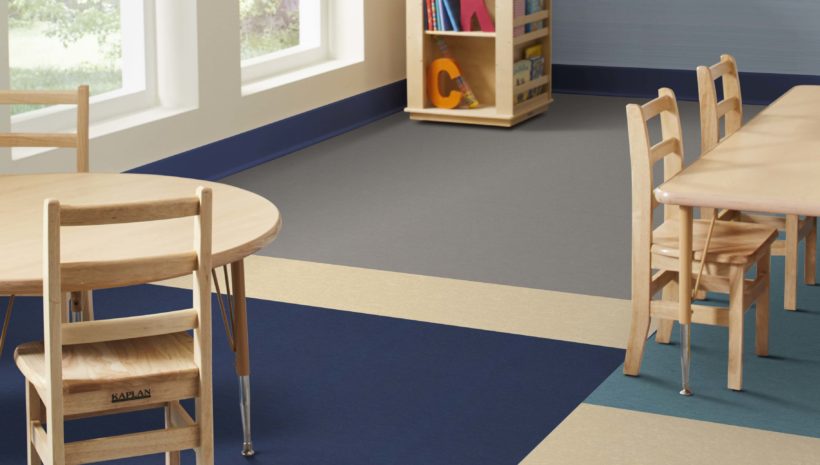
How Tarkett is Setting New Industry Standards with Human-Conscious Design
WantedDesign interviews Roxane Spears, VP Sustainability North America at Tarkett, for insights into how companies can commit to the circular economy
With sustainability becoming an essential part of doing business, how do design companies incorporate the principles of the circular economy and social responsibility into their overall planning as well as day-to-day practices? Tarkett, our fantastic partner for the 2021 “Neo-Nature” Design Schools Workshop, has been setting industry standards for years.
We spoke with Roxane Spears, Vice President Sustainability North America for Tarkett, to learn more about the international flooring company’s sustainability initiatives.
WantedDesign: You lead sustainability initiatives at Tarkett. Can you share the priorities and most important actions/steps that a company like Tarkett can take?

Roxane Spears: As an international flooring manufacture, we have made sustainability a high priority. Tarkett’s commitment to sustainability focuses around 3 initiatives: Health & Wellness, Climate & Circular Resources and Social Responsibility. I think as a company you need to make a holistic commitment to make an impact for change. As we set goals for each initiative, we look at the impact on both people and planet. This is important to Tarkett as we want to not only reduce our impact but have a positive impact for future generations. We have made a global commitment to sustainability through our own initiatives and through the United Nations Global Compact.
Tarkett was an early signatory, 2010, for the United Nations Global Compact. Being a signatory meant we committed ourselves to helping to achieve the UN Sustainability Development Goals and reporting on how we were advancing our commitment to these goals. We reached the UN Global Compact’s Advanced level in 2012. Only 11% of the organizations participating have reached this level. To reach this level, we must report on our continued improvement and advancement in achieving the goals of the UN.
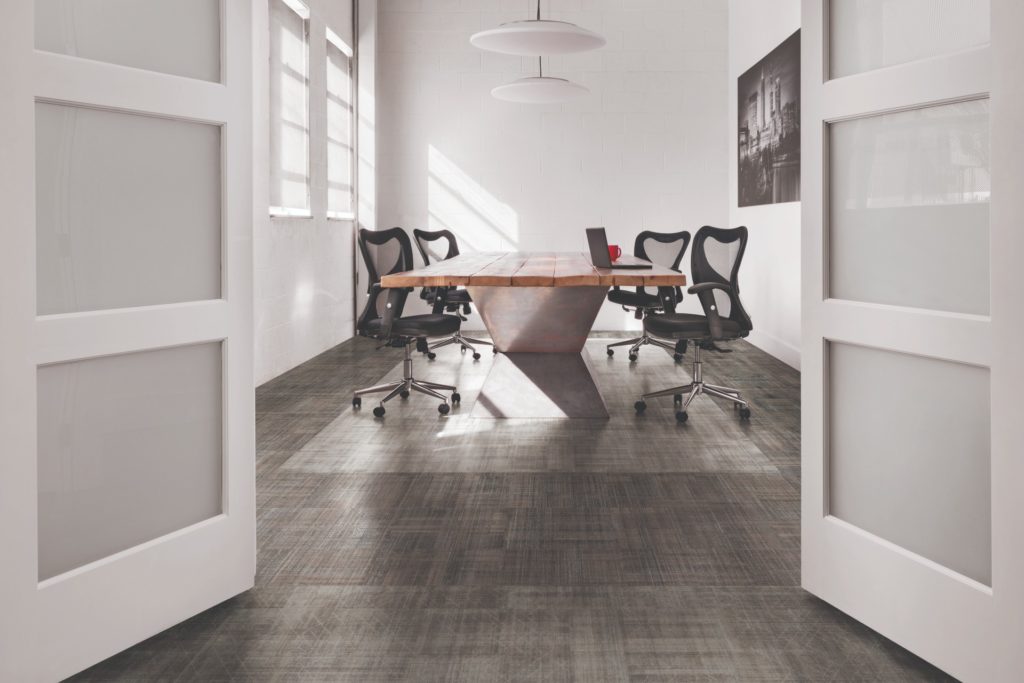
Do you have any key facts or specific Tarkett initiatives you would like to share?
Tarkett has focused on our 3 initiatives for many years. One example of how initiatives turn into action is how we have been utilizing the Cradle to Cradle design philosophy to help us analyze and optimize our raw materials. By following these guidelines, we were able to optimize our raw materials to eliminate ortho-phthalates from our products. We started removing phthalates in 2010, long before there was a voiced concern for phthalates. We are the only flooring manufacturer to have 100% of our products phthalate-free. This means less negative impact on both the health and wellness of people and planet.
At Tarkett we also feel it’s important to have sustainability attributes applied equally across all price points in our product lines. We want to ensure that all projects, regardless of price point, have the ability to provide safe materials for the people in the space. This is why we addressed the removal of phthalates from all product lines, not just a few. We see equity in sustainability and the built environment as an area that we all need to be concerned with. It’s great to see this becoming a focus for many developers and cities as Tarkett has been focused on this for a number of years.
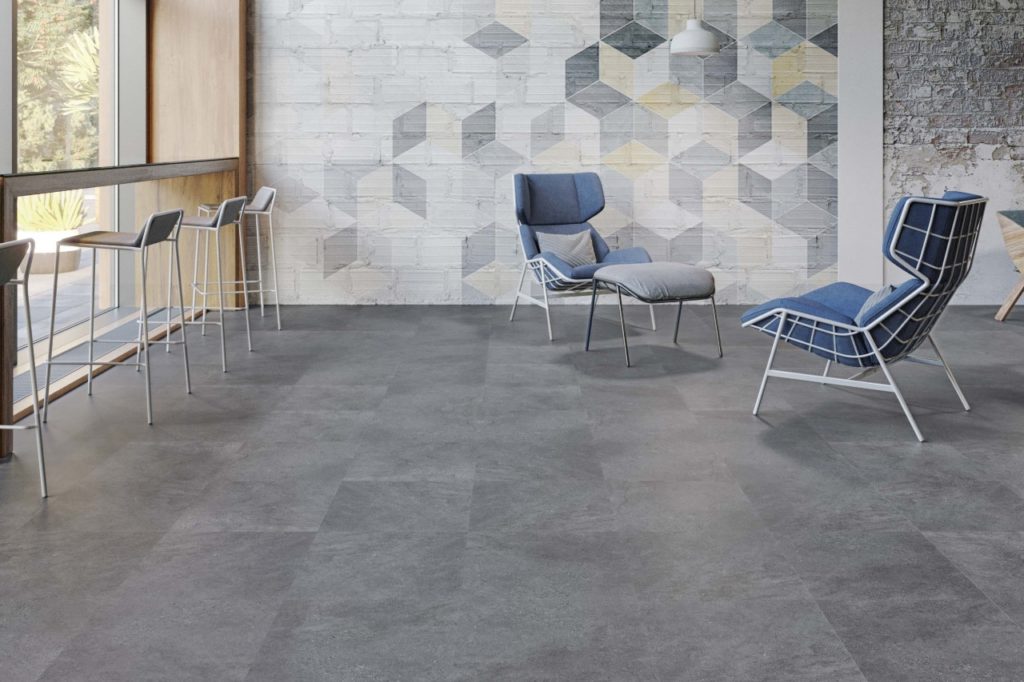
We have also made a commitment to low carbon products and production facilities. We set goals and objectives to reduce energy use, move to renewable energy, increase recycle content in our products and then offset what we can’t reduce. But, we don’t want to just design a low carbon product without considering the VOC levels, healthy materials and high performance of the product. Focusing on healthy materials, low carbon and high performance is truly creating a sustainable product.
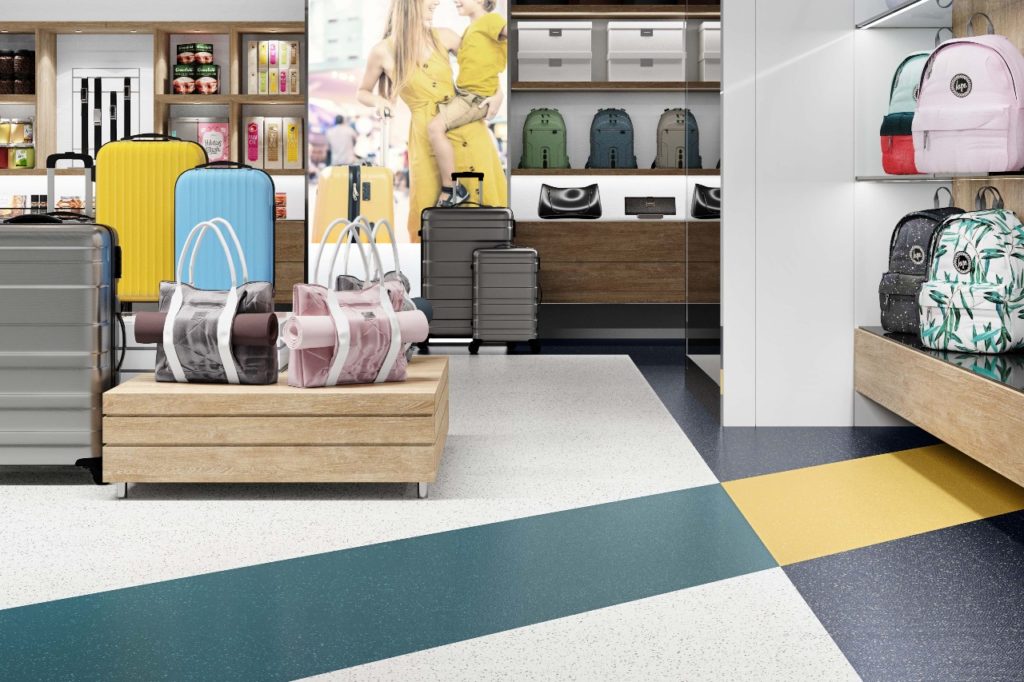
Have you noticed in recent years a shift with your clients when it comes to sustainability? Has the question of using materials in more responsible ways come up as a vital part or even at the center of projects?
We have seen a positive, impressive shift in the last few years.
We now find many design firms have set standard guidelines in-house that they follow for high performance and low carbon buildings and a healthy material selection process. They are no longer thinking of one or two projects that will be following sustainability guidelines, they are looking to have their full portfolio be sustainable.
“As a company you need to make a holistic commitment to make an impact for change.”
— Roxane Spears, VP Sustainability North America, Tarkett
End users and owners are now asking more questions and looking at projects through a sustainable lens. They are looking at their facilities differently. They want employees to feel safe and healthy in the spaces, provide spaces where everyone can work both individually and collaboratively.
We have had a recycling/take back program for installed material since 1994. In the last few years we have had a substantial increase in the number of request made to take back old installed flooring material as it is replaced with new. Customers want to avoid sending flooring materials to the landfill. They want material recycled or reused. This is a great shift in the market to start following and developing better processes to have a circular economy.
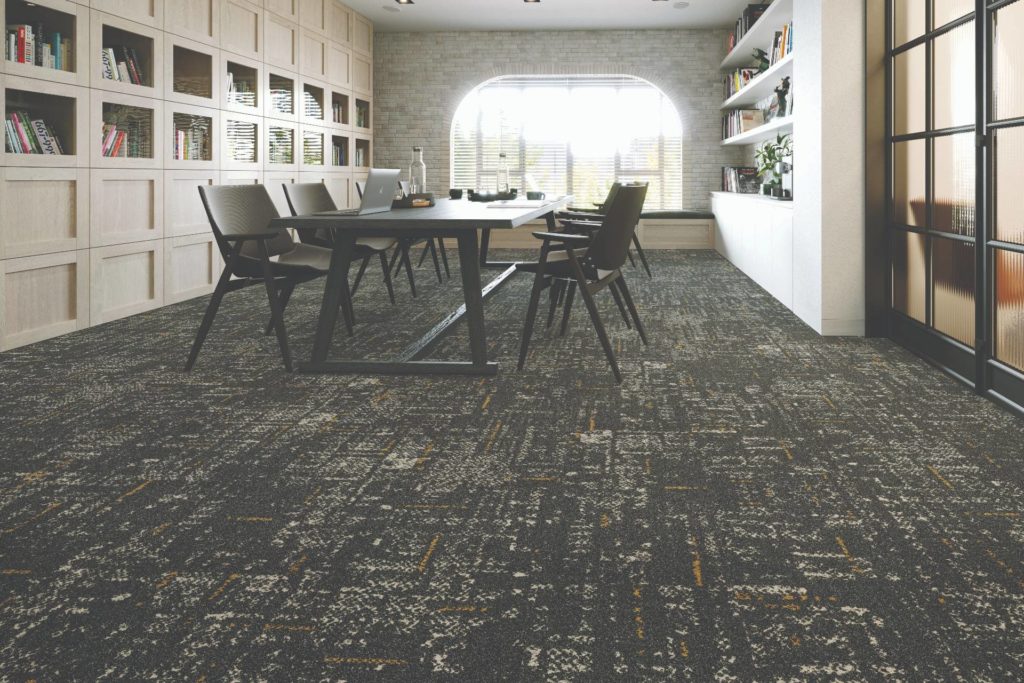
Tarkett was the partner for the Wanted Design Online “Neo-Nature” Design Schools Workshop. How do you feel the next generation of designers is embracing the notions of sustainability? Are they well-informed and prepared?
Watching the student presentations and learning about their thought process for the Design School Workshop was inspiring. They want to make a difference, they are looking at different materials, processes and impact on community. They are looking at sustainability as more than just a product or a design idea. They are looking at how can they change the impact of products, change how we look at communities and how we can create better processes for all to have a safer, healthier environment.
They understand these changes are not optional, that we need to change to reduce climate change, to reduce the negative health effects on people.

Thank you to Roxane Spears, Vice President Sustainability North America at Tarkett, for sharing. Tarkett has been a committed and engaged partner for WantedDesign talks, workshops and more over the years. We’re grateful for the generous way Tarkett shares their initiatives and materials with students, as young designers benefit so much from working with established companies and designers.
During the 2021 “Neo-Nature” Design Schools Workshop, Roxane spoke about the important role everyone along the chain plays, from young designers starting projects and choosing materials, to established companies with many complex processes. It’s great to see a large, international company like Tarkett working hard to be sustainable, and working hand-in-hand with young designers to achieve shared goals.
Read more about how Tarkett is setting new industry standards for flooring design with a full carbon neutral portfolio, renewable energy resources, robust recycling program and more. On Instagram, follow @TarkettContract


